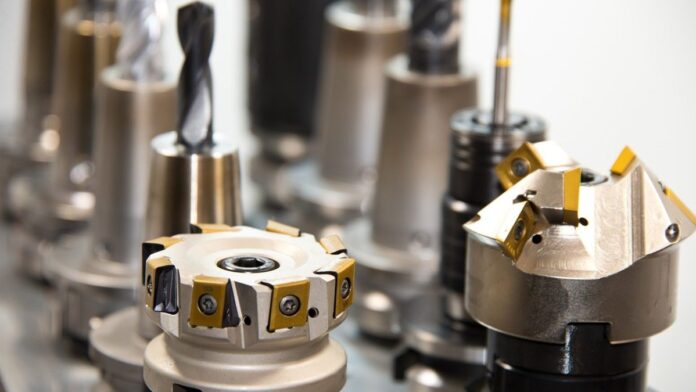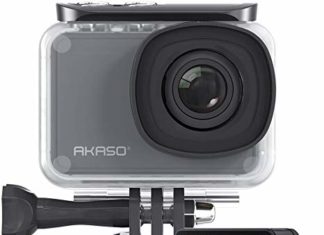What exactly is CNC machining? CNC means “Computer numerical control” machining. It’s a computer-controlled manufacturing process where pre-programmed code and software controls the motion of physical production equipment. CNC machining controls an array of complex machinery, including grinders, lathes, turning machines, and even gun forming machines. Basically, CNC machines help engineers and designers produce parts and products from complicated designs using a computer controlled machine.
There are many CNC machining processes, each designed for particular purposes. Some of these processes include: Plastic Material Deburring (PMD), which is a CNC process that removes burrs and clamps materials to the workpiece. This process can be used in areas such as plastic toys to precision plastic parts. It involves compressing the material and then using a die head to remove it from the workpiece. Precision material removing is often required when producing delicate parts.
CNC programming is a series of steps used with CNC machines to create a program that controls the operation of the CNC machinery. In CNC machining, the program contains specifications for the operation of the machines. These steps allow operators to alter or adjust various aspects of the machinery, depending on what the job is, where the work is located, and how complex the design of the piece is. For example, this could include creating a counterweight, center tap to offset, or a drill bit that is specific to a certain drilling type. The various programs could also include specific functions for material removing, deburring, or any other number of operations.
There are two main CNC machining processes. The first is semi-automatic CNC machining, which uses an automatic system for CNC automation. One example of this would be a CNC mill, which is a type of machine that controls CNC machines through use of a computer. Another example is the CNC programming, which could be automated or human assisted. Semi-automatic CNC machining is the most common type of automation found in CNC machines, as it is designed to save manpower costs. In addition, it is capable of providing speedier turn-around times for jobs.
A major part of many CNC machining processes is the CNC software or CAD/CAM software. This is a type of computer-aided design (CAD) software. The CAD/CAM software enables machines to make accurate, three-dimensional designs and to be programmed precisely. It will also allow for easy changes and modifications once the job has been started, making it much easier to retile old patterns and to alter materials without having to restart the whole manufacturing process. The program controls all aspects of the manufacturing process from beginning until end, including material selection and machine placement, through the entire run-time of the CNC machinery.
When it comes to CNC machining, accuracy is of utmost importance. As such, computer numerical controlled (CNC) machines need to be calibrated on a regular basis. Calibration is important to ensure that the machinery is working at its maximum efficiency. While CNC machines do not require human supervision, they do require specific setups and tools for accurately measuring parts and for providing optimal performance. The right calibration process will not only ensure that the equipment can work at its optimal level, but will also ensure that the machinery is reliable enough to use in high volumes and that it performs at its best capacity.
Another way in which CNC machining is different from traditional manufacturing methods is that it does not require any type of manual work or supervision. While some traditional machines require workers to manually place parts into their respective positions and adjust the machine during the production process, CNC machines provide users with complete control over the process. This means that any time a part needs to be moved or changed, the operator simply repositions the part and resets the machine’s parameters. This process is also applicable to those parts that are not in use, as the process will prevent the machine from mistakenly placing a part into an inaccurate position. Instead, these parts will remain in their original positions, which saves both time and effort.
There are two main types of CNC machines: direct and automatic. The first type of CNC machine is the CNC lathe. These machines can create straight, curved, and other intricate shapes with the use of ball bearings and camaraderie between the workpiece and the CNC machine tool. These types of CNC machines typically require more mechanical expertise than the automatic types, but they offer users great precision and reliability. If your business uses traditional machining operations, you may want to invest in one of these types of CNC machines to help you turn your old CNC operations into new ones using modern technology.

![What is a POC [Proof of Concept]? – Definition, Uses, Features and More What is a POC [Proof of Concept]? – Definition, Uses, Features and More](jpg/r-218x150.jpg)









